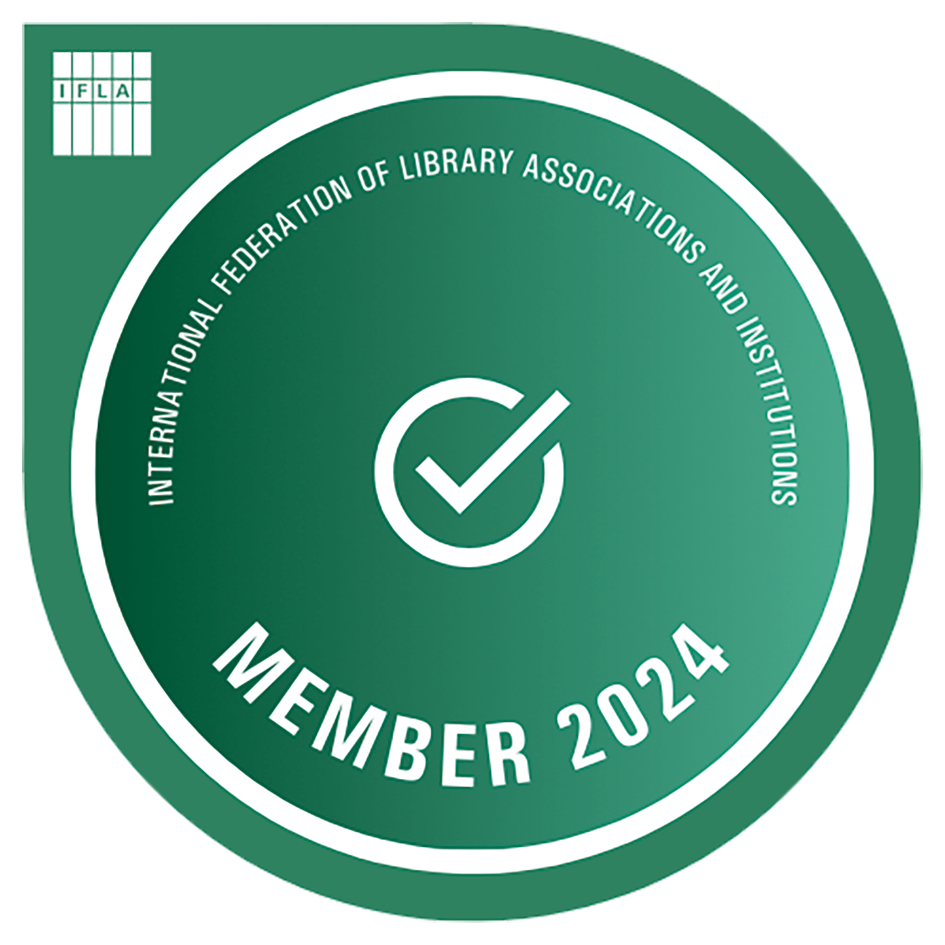閱讀活動錄音下載
- 2018-06-08
著者:林昂(Ondřej Klimeš)主講/韓莉主講/吳筱玫主講/林聖芬主持
出版(活動)日期:2018-06-08
時間:01:36:16
發音:國語;英語
出版者:國家圖書館
內容簡介
操控媒體:明以降中國的新聞與『假新聞』國際學術研討會,第五場次由國立清華大學副校長林聖芬主持,政治大學傳播學院吳筱玫教授、美國羅德學院韓莉副教授以及捷克科學院亞非研究所林昂(Ondřej Klimeš)研究員,從「新媒體與社群媒體」的議題發表論文。
吳筱玫 國立政治大學傳播學院教授
論新媒體之液態解蔽:以1998印尼排華假照片事件為例
摘要:
本研究以 Bauman「液態性」與 Heidegger「解蔽」兩個概念為本,提出新媒體之「液態解蔽」現象,並以 1998 年發生之印尼華裔婦女受暴事件中之假照片為例,論證液態倉儲之派定與聚置特性,如何讓真實進入一個生產、消費與重製的循環,又如何衝擊我們對真實的認知。研究以相隔 20 年、三個縱斷時期觀察原始文本、主流媒體文本與 Google 搜尋文本間之增生與消逝,去分析固態解蔽與液態解蔽之差異。研究發現,傳統媒體的固態解蔽有著非常一致的倉儲聚置,不隨時間演進而有任何變化,且在資訊處理上尊崇新聞產製原理與常規,讓使用者傾向相信文本的真實性;Google 頁面則陳列完全不同的聚置樣貌,此樣貌隨著不同搜尋時間點而有不同,且倉儲本身時間點總是更靠近搜尋時間點、遠離原件時間點;其所呈現內容則是真假並置,假照片排序更在真事件之前,凡此都說明了新媒體以運算邏輯為本的資訊聚置,讓真實成了可時時協商之事。研究者認為,液態解蔽讓以物為本的空間政治退居幕後,取而代之的是以串流資訊為本的時間∕速度政治,這樣的轉變,讓原先掌握出版空間的傳統媒體逐漸式微,而熟知科技運算的主事者與操弄者開始握有發言權。在速度運作之下,傳統新聞室常規不再可行,假新聞、假事件也有了孕育園地,它們經常混充於真相之間,成為共構真實的一部分。
韓莉 美國羅德學院歷史系副教授
從紅到「粉紅」:「嘻哈」宣傳,社交媒體以及中國的「軟實力」追求
摘要:
A series of short videos from a mysterious Studio on Fuxing (rejuvenation) Road have accumulated millions of hits and invited heated discussions both in China and around the world. Since its debut with the video “How Are Leaders Made” in October 2013 to its most recent release celebrating the 20th anniversary of Hong Kong’s return to China, the studio has released more than a dozen videos covering topics ranging from the state policy, China’s social and economic reforms to Xi Jinping’s diplomatic travels. With its name alluding to Xi’s slogan calling for “the rejuvenation of the Chinese nation,” the studio and its productions speak volume of the party’s continuous efforts in re-defining its propaganda strategies and practices. This paper first situates the release of these “neo-Communist hip-hops” in the party’s dual publicity campaign – while Beijing mercilessly clamps down on dissidents (especially on social media), it is also actively re-inventing its propaganda apparatus to appeal to a young, mobile and global audience. This paper then conducts a close reading of respective videos on the legitimacy of Xi’s regency, China’s 13th Five-Year Plan, China-US relation and China’s “One Belt, One Road” (OBOR) initiative, and examine the tactful mixing of pop culture elements and political messages. By exploring the dynamics between the videos, the platforms and politics, this paper seeks to demonstrate how these refreshed-looking PR productions demonstrate the effectiveness and illusiveness of China’s continuous pursuit of soft power outreach.
林昂(Ondřej Klimeš) 捷克科學院亞非研究所臺北中心主任
網路時代的政治抹黑行動
摘要:
False accusations and public defamation were often used techniques to eliminate political opposition in Maoist China, for instance during “struggle sessions” of the Anti-Rightist Movement (1957–1959) and the Cultural Revolution (1966–1976). In the new millennium, burgeoning internet and new media have enabled the Communist Party of China to employ various actors to use similar manipulations in innovative ways. Such agent are the government “internet commentators”, also known as the “FiftyCent Party,” who disseminate hundreds of millions of pseudonymous and deceptive posts per year, thereby distracting the public and shifting the discussion from controversial issues to affirmative topics by praising the party, its accomplishments, and other symbols of the regime. Another known examples are smear attacks on Chinese journalists, political activists, and other proponents of civil rights based abroad, who have been increasingly subjected to “character assassination campaigns” since 2012, when articles and doctored photos are publicized online and circulated via email groups, falsely accusing them for instance of illicit sexual behavior, prostitution and offering sexual escort services, spying for the Chinese government, or embezzling political dissidents’ funds. The attackers have also disabled their targets’ IP addresses by DDoS attacks, defamed them through fake social media accounts, and harassed them by automated anonymous phone calls, phishing, or account hacking. This paper examines in closer detail how the smear campaigns have been used by the regime and its sympathizers against their political opponents in China during the first term of the Xi Jinping era (2012 – 2017). It contributes to the broader discussion of how the contemporary Chinese party-state uses information technology to eliminate political criticism and enhance its control of public opinion and discursive space.
2018.7.30更新
- 資源查詢
- 公告資訊
- 關於本館
- 讀者服務
- 申辦服務
- 其他網頁連結



